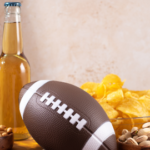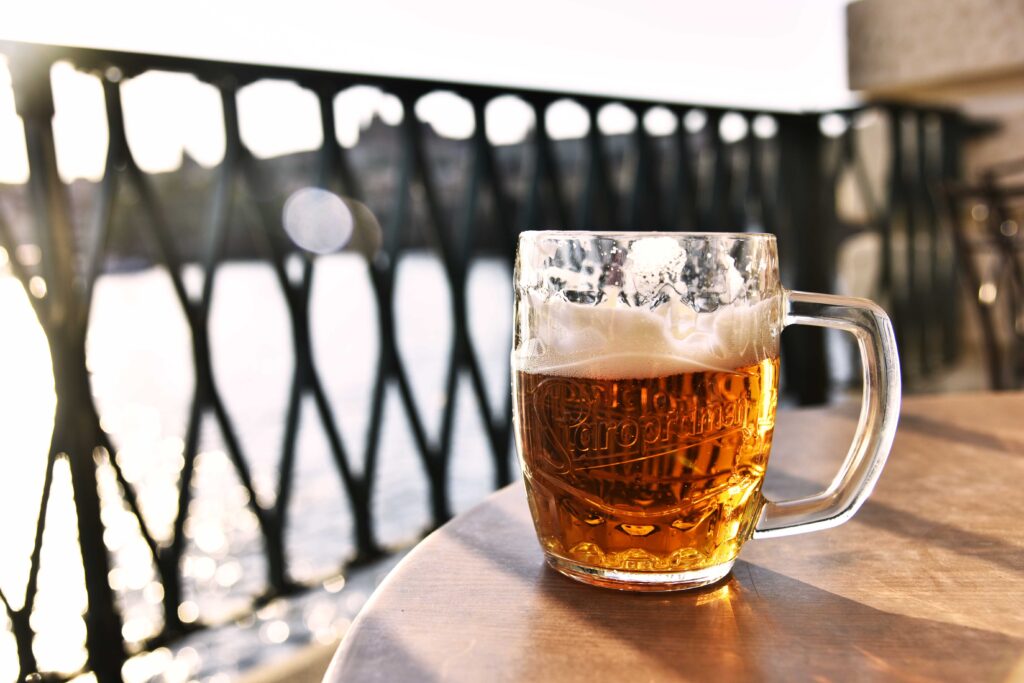
About Bell’s Brewery
For more than three decades, Bell’s has been making a variety of one-of-a-kind, artisanal beers, and as a result, Bells’ breweries have become a preeminent Great Lakes Regional and further.
The Brewery was the first in Michigan to sell beer by the glass and open an onsite pub. Bell’s beer is distributed to 43 states, and their two breweries feature an unparalleled beer garden, a space for concerts, and a taproom and are operated with environmental sustainability in mind.
Bell’s takes pride in their beer and breweries and in an equitable, inclusionary workplace that encourages diversity, individualism, and a business environment that nurtures diverse ideas among their 500 plus employees. In short, Bell’s is craft beer on a mission.
Some Historical Perspective
After arriving in Kalamazoo, Michigan, to attend Kalamazoo College, Larry Bell started humbly home-brewing beer in his basement in the early 1980s. In 1983, in Downtown Kalamazoo, Larry opened a homebrew supply shop.
As word spread about his beer, people requested more samples. Larry responded by opening the Kalamazoo Brewing Co, started brewing beer commercially in a 15-gallon soup pot, and his brewing company sold its first beer on September 19, 1985.
A Bell’s Brewery timeline:
· 1985: Bell’s first brew beer was Amber Ale.
· 1900: By installing a 2-barrel brew system, Bell’s increases brewing capacity.
· 1995; Bell’s debuted their Beer Garden. An outdoor space near the Eccentric Café.
· 2000: Comstock Township, Michigan, becomes the home of Bell’s main Brewery.
· 2005: The Comstock Brewery expands.
· 2010: Oarsman Ale and The Oracle were first brewed; Larry Bell takes home the Brewers Association Recognition Award
· 2015: Improvements at the Comstock Brewery: A wastewater treatment facility called “the Cube” comes online. The Quality lab upgrades its technology game to measure water quality and analyze beer DNA.
· 2020: Bell’s commitment to equity, diversity, and inclusion strengthens through implementing multiple initiatives.
Celebrate Spring. Celebrate Oberon Day
On March 21, 2022. Bell’s Brewery released their renowned seasonal wheat beer Bell’s Oberon and celebrated the release of the beer and being one step closer to spring by celebrating Oberon day at their breweries in Michigan.
Next year, celebrate Oberon Day Like They Do at Bell’s Brewery!
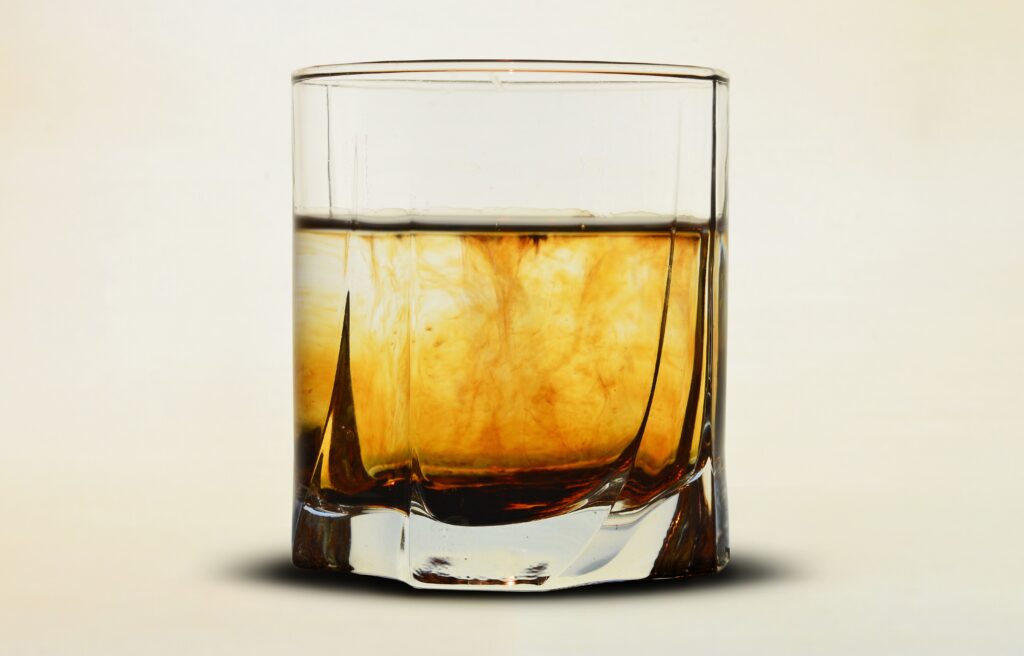
Jameson: A Rich Irish History
Jameson Whiskey has been a popular Irish Whiskey for a long time. Learn about the who, what, where, when, and how of Jameson Irish Whiskey. We bet that the next time you’re enjoying this smooth Irish whiskey, you’ll appreciate it for more than its smooth taste.
Jameson’s Whiskey: A Long, Proud History in Ireland
In 1786 after stepping off a boat landing in Ireland, John Jameson, a Scotsman, became General Manager of The Steins Family Bow Street Distillery located on Bow Street in Dublin’s Smithfield area. The distillery opened for business in 1780, and by 1805 Jameson wholly owned and then expanded the distillery. In 1810, the whiskey’s name was changed to The John Jameson and Sons Irish Whiskey Company, or for short, Jameson’s Irish Whiskey.
Jameson’s, One of the Biggest Distilleries in the World, Falls on Hard Times
By the 19th century, Jameson’s became Ireland’s biggest distillery and one of the world’s largest. However, hard times fell on the distiller during the 20th century after Ireland’s independence from Britain was declared. Increased tariffs during the trade war with Britain made exporting to one of the distillery’s biggest markets costly. Additionally, Jameson’s largest market, America, was cut off because of prohibition. On the bright side, Scotland’s Whiskey boom surged because of low-cost exports to Canada, which opened the door to smuggling whiskey to America.
Four Factors That Make Irish Whiskey Different
Check out these factors that make Irish whiskey unique.
Its history. While confirmation is impossible, the story is that the distillation process was introduced to Ireland by St. Patrick. Additionally, around 1000 AD, after returning to Ireland from traveling the Mediterranean, monks acquired the knowledge of perfume distillation, and they brought it with them.
It’s popularly assumed that whiskey had its start during the middle ages, either in Ireland or Scotland and the first whiskey distillery allowed in the British Isles was Bushmills in 1608. And by the 1890s, Ireland had over 30 influential distilleries producing Irish whiskey.
The Way It’s Spelled. Near the end of the 19th century, convention dictated that Irish (and Americans) produced “whiskey” while the Scots (and Canadians) manufactured “whisky.” According to John Ayto, author of the Gluttons Dictionary, the spelling distinction was more market-driven than linguistic.
Additionally, whiskey is a derivative of the Irish word meaning “water of life.”
Aging, Alcohol Volume, Grain Mix, and Location. The standards for Irish whiskey are high.
Irish whiskey must:
- Be aged for three years, at least.
- Contain minimum alcohol by volume (ABV) of 40%.
- Grain must be 50% barley, at least, with the remainder being wheat, rye, or regular barley.
- Must be distilled and aged on the Isle of Ireland, as per the Whiskey Conservancy.
The Specialized Production Process of Irish Whiskey. Here’s a highlighted overview of the extensive process of distilling Irish whiskey.
- Malting and Fermentation.
- Washing and Distillation.
- Aroma (perfume) created by storage barrels.
Also, before entering the barrels to age, Irish whiskey is distilled three times, while Scotch whiskey is distilled only twice before being barreled.
If you’re ready to try some Irish whiskey, consider one (or all) of these four types of Irish whiskeys:
- Single Malt Irish Whiskey
- Pot Still Irish Whiskey
- Grain Irish Whiskey
- Blended Irish Whiskey
10 Need to Try Irish Whiskey Cocktails
While the smoothness of Irish whiskey makes it perfect for sipping neat, don’t overlook it as the ideal whiskey for mixing a delicious drink.
Experience the versatility of Irish whiskey by trying these drinks.
- McGlashan
- Good Cork
- Psycho Killer
- Brotherhood
- The Nose to Cocktail
- Irish Blonde
- Irish Coffee
- Irish Old Fashioned
- Dubliner
- Emerald
You can get the recipes for these Irish Whiskey drinks and more by visiting this article: 20 Irish Whiskey Cocktails to Try Right Now.
Can’t wait to try them? Pre-order and pick up the ingredients from our store!
Sources:
https://www.whiskyflavour.com/blog/what-makes-irish-whiskey-different/
https://www.liquor.com/slideshows/irish-whiskey-cocktails/
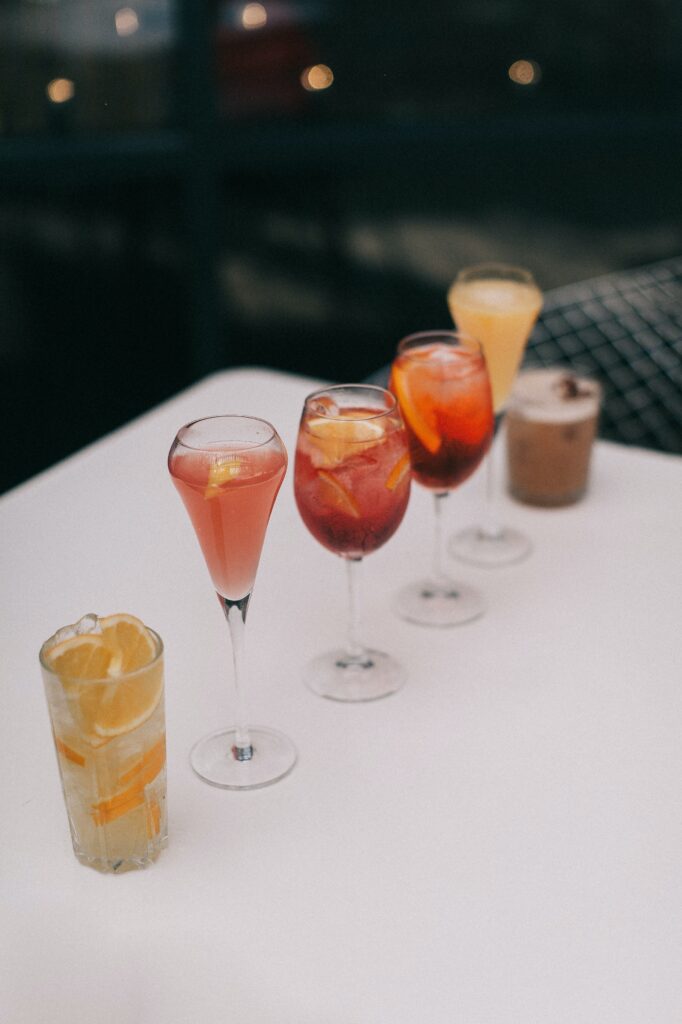
Why You Should Add Bitters to Your Cocktails
No bartender’s utility belt would be complete without bitters. But they seem to be a mystery to most of us, so we’re here to help make the mysterious bitter a more familiar ingredient in your cocktail-making playbook.
The Return of the Bitters!
Bitters have returned thanks to the emergence of craft cocktails over the last decade. These potent and, of course, bitter, liquids are essential to crafting many drinks. What makes them even better is that they may make an upset stomach feel better.
Lately, bitter makers have been on a roll. They’ve been reviving recipes that history has forgotten and creating flavors including Sriracha, fig, and barbecue.
From Where Did Bitters Return?
Before all but disappearing at the turn of the 20th century, bitters hit their high point in the 1800s. Be-fore bitters became familiar to Americans, Europeans used bitters as medicine for a long time. There’s evidence dating to around 7,000 B.C. that someone in China concocted a mix of grapes, rice, honey, and hawthorn berry, which tastes horrid. Strictly speaking, it was a drinkable bitter known as an amaro.
What Are Bitters and How Should I Use Them?
In short, bitters are boozy flavored extracts made by infusing pieces of plants in alcohol. Bitters can get their flavors from barks, berries, flowers, roots, and other plant stuff, and think of using them as you would use salt with food. Because, as salt does with food, bitters help emphasize the flavors of cocktails while including their own taste.
What Is Amari?
In Italian, amaro means bitter, and the plural of amaro is Amari. Furthermore, Amari are used as mixers or drunk out of the bottle. Some Amari you may be familiar with are Branca, Campari, Cynar, Fernet Branca, and Pimm’s No. 1.
How Do I Tell the Difference Between Bitters and Amari?
The difference between bitters and Amari is that Amari are drinkable, and bitters are used as a seasoning. A more straightforward way to tell them apart is that Amari comes in large bottles and is meant to be drunk, while bitters come in small bottles and are used in the same way that salt is used – to enhance and add to the flavors of food.
Bitter Categories
There are a lot of bitters and so many flavors that it’s hard to categorize them, but here’s a general list.
· Aromatic
· Citrus
· Herbal
· Nut
Which Bitters Should I Keep on Hand?
A good starting kit of bitters would include an aromatic, a citrus, and something fun like lavender or chocolate. These could help ensure you have whichever bitter on hand you need to make a perfect cocktail.
Go-to Brands of Bitters
· Angostura
· Fee Brothers
· Peychaud’s
· Regan’s Orange No. 6.
You might want to try other players in the bitters market. Germany produces the Bitter Truth, London’s got Bob’s Bitters, while America’s got Bitterman’s of New Orleans and Bitter Cube hails from Milwaukee.
Do Bitters Ever Go Stale?
It’s a long shot that bitters will go bad before you use them. Simply keep them stashed in the dark of your liquor cabinet, and they should keep for up to five years. On the other hand, Bitterman’s of New Orleans claims five years is the low end of how long they’ll last.
If you’re ready to enjoy bitters, here are some cocktails made with bitters to try at home:
· Pink Gin Pink
· Whiskey and Bitters
· Old Fashioned
· Sazerac
· Martini
· Manhattan
· The Sawyer
Come By Payless Liquors for a Variety of Bitter Options
Order your cocktail ingredients today, and don’t forget the bitters! Pre-order and pick up from our store! Pickup Order form – Payless Liquors (payless-liquors.com)
Why You Should Add Bitters to Your Cocktails
No bartender’s utility belt would be complete without bitters. But they seem to be a mystery to most of us, so we’re here to help make the mysterious bitter a more familiar ingredient in your cocktail-making playbook.
The Return of the Bitters!
Bitters have returned thanks to the emergence of craft cocktails over the last decade. These potent and, of course, bitter, liquids are essential to crafting many drinks. What makes them even better is that they may make an upset stomach feel better.
Lately, bitter makers have been on a roll. They’ve been reviving recipes that history has forgotten and creating flavors including Sriracha, fig, and barbecue.
From Where Did Bitters Return?
Before all but disappearing at the turn of the 20th century, bitters hit their high point in the 1800s. Be-fore bitters became familiar to Americans, Europeans used bitters as medicine for a long time. There’s evidence dating to around 7,000 B.C. that someone in China concocted a mix of grapes, rice, honey, and hawthorn berry, which tastes horrid. Strictly speaking, it was a drinkable bitter known as an amaro.
What Are Bitters and How Should I Use Them?
In short, bitters are boozy flavored extracts made by infusing pieces of plants in alcohol. Bitters can get their flavors from barks, berries, flowers, roots, and other plant stuff, and think of using them as you would use salt with food. Because, as salt does with food, bitters help emphasize the flavors of cock-tails while including their own taste.
What Are Amari?
In Italian, amaro means bitter, and the plural of amaro is Amari. Furthermore, Amari are used as mixers or drunk out of the bottle. Some Amari you may be familiar with are Branca, Campari, Cynar, Fernet Branca, and Pimm’s No. 1.
How Do I Tell the Difference Between Bitters and Amari?
The difference between bitters and Amari is that Amari are drinkable, and bitters are used as a seasoning. A more straightforward way to tell them apart is that Amari comes in large bottles and is meant to be drunk, while bitters come in small bottles and are used in the same way that salt is used – to enhance and add to the flavors of food.
Bitter Categories
There are a lot of bitters and so many flavors that it’s hard to categorize them, but here’s a general list.
· Aromatic
· Citrus
· Herbal
· Nut
Which Bitters Should I Keep on Hand?
A good starting kit of bitters would include an aromatic, a citrus, and something fun like lavender or chocolate. These could help ensure you have whichever bitter on hand you need to make a perfect cocktail.
Go-to Brands of Bitters
· Angostura
· Fee Brothers
· Peychaud’s
· Regan’s Orange No. 6.
You might want to try other players in the bitters market. Germany produces the Bitter Truth, London’s got Bob’s Bitters, while America’s got Bitterman’s of New Orleans and Bitter Cube hails from Milwaukee.
Do Bitters Ever Go Stale?
It’s a long shot that bitters will go bad before you use them. Simply keep them stashed in the dark of your liquor cabinet, and they should keep for up to five years. On the other hand, Bitterman’s of New Orleans claims five years is the low end of how long they’ll last.
If you’re ready to enjoy bitters, here are some cocktails made with bitters to try at home:
· Pink Gin Pink
· Whiskey and Bitters
· Old Fashioned
· Sazerac
· Martini
· Manhattan
· The Sawyer
Come By Payless Liquors for a Variety of Bitter Options
Order your cocktail ingredients today, and don’t forget the bitters! Pre-order and pick up from our store! Pickup Order form – Payless Liquors (payless-liquors.com)
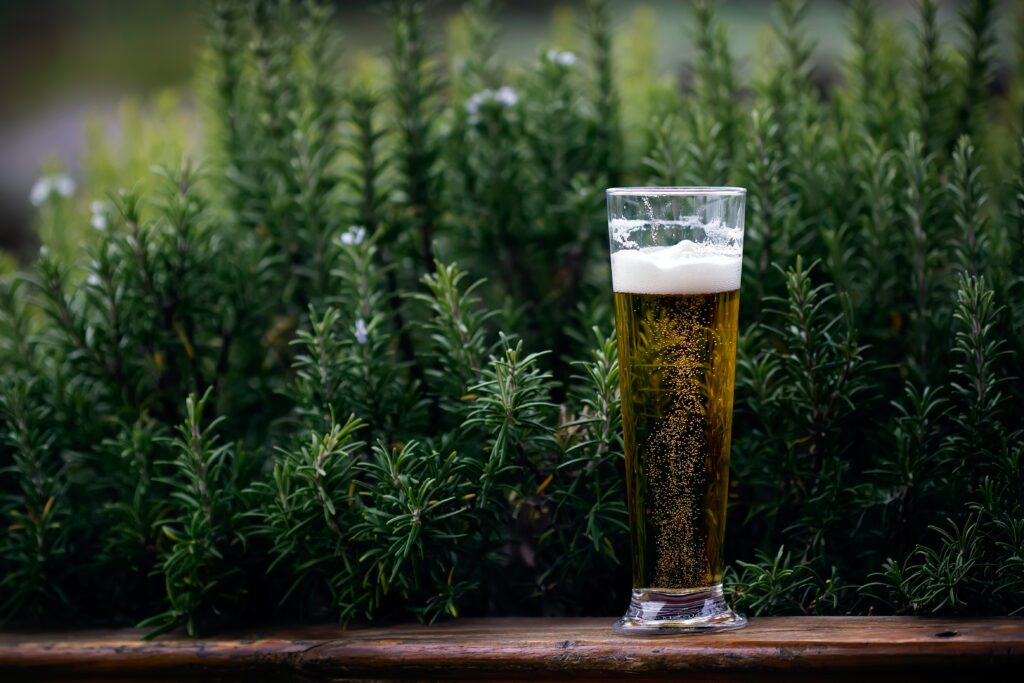
Guinness Beer: 5 Fun Facts
Since the mid 18th century, Arthur Guinness and his heirs have guided the Guinness Brewery while honing their craft.
Their expertise in beer brewing is known and appreciated in 150 countries, and they currently produce over 20 world-class beers. Inspired by the pioneering spirit of the founder, Arthur Guinness, and the batches of legendary stout created over 200 years ago at the original Brewery, the always enterprising brewers at Guinness carry on the tradition but evolve their lines of beer through their innovation and experimentation. As they put it, their greatest work is yet to come, never resting on their laurels. Here are five fun facts about Guinness Beer. Sláinte!
1. Guinness Beer Is the World’s First Nitro Beer
Michal Ash (1927-2016), who joined Guinness in 1951, was a mathematician turned brewer. He thought serving Guinness Beer in draught and adding nitrogen would transform the beer. Guinness’s famous “surge and settle effect” was created by Ash’s “Easy Serve” system, which is why Guinness is the world’s first nitro beer.
2. Guinness Beer Won the Queen’s Award for Technological Achievement.
In 1991, Britons voted Guinness’s Rocket Widget, the top invention of the past 40 years, beating the internet in the voting!
Not surprisingly, the original widget was patented in Ireland by Guinness, and Guinness’s ingenious, world-famous device delivers the draught experience in a can. When the beer can ring is pulled open, Guinness’s widget (a nitrogen-filled capsule) releases a surge of bubbles when opening the can, result-ing in Guinness’s unmistakably smooth beer.
3. Guinness’s Bubbles Sink Because of the Shape of the Pint Glass
A pint glass is designed wider at the top than the bottom. The ingenuity of this design influences the head formation. A Guinness poured down the side of a pint glass creates a circulatory pattern. This pour pattern drags bubbles to the bottom of the glass, and the glass design allows more space, so bub-bles rise from the middle instead of the side, resulting in a creamy head.
4. The Perfect Pint of Guinness Pours in 119.5 Seconds
If you want to enjoy the perfect pint of Guinness, you’ll need to wait almost two minutes between the first and second pour for the beer to settle. According to Guinness, achieving the ideal Guinness pint takes 119.5 seconds. Some things are truly worth the wait. If you’d like to know more about how to pour the perfect pint of Guinness, you’ll find a fact sheet on the Guinness website.
5. Guinness Had Originally Leased Its Brewery in Dublin for 9,000 Years.
At St. James’s Gate in Dublin, Arthur Guinness started his business brewing beer in 1759 by locking in an annual rent of 45 British pounds sterling after paying an initial 100 British pounds sterling for the next 9,000 years. The lease for the property, which was a four-acre, dormant brewery before Arthur Guinness’s use, was voided when the property was purchased by the company and expanded its brew-ing operation to 50 acres.
We hope you found these five fun facts about Guinness Beer entertaining and educational. And now reward yourself with a Guinness for getting a bit smarter — pre-order and pick up from our store!
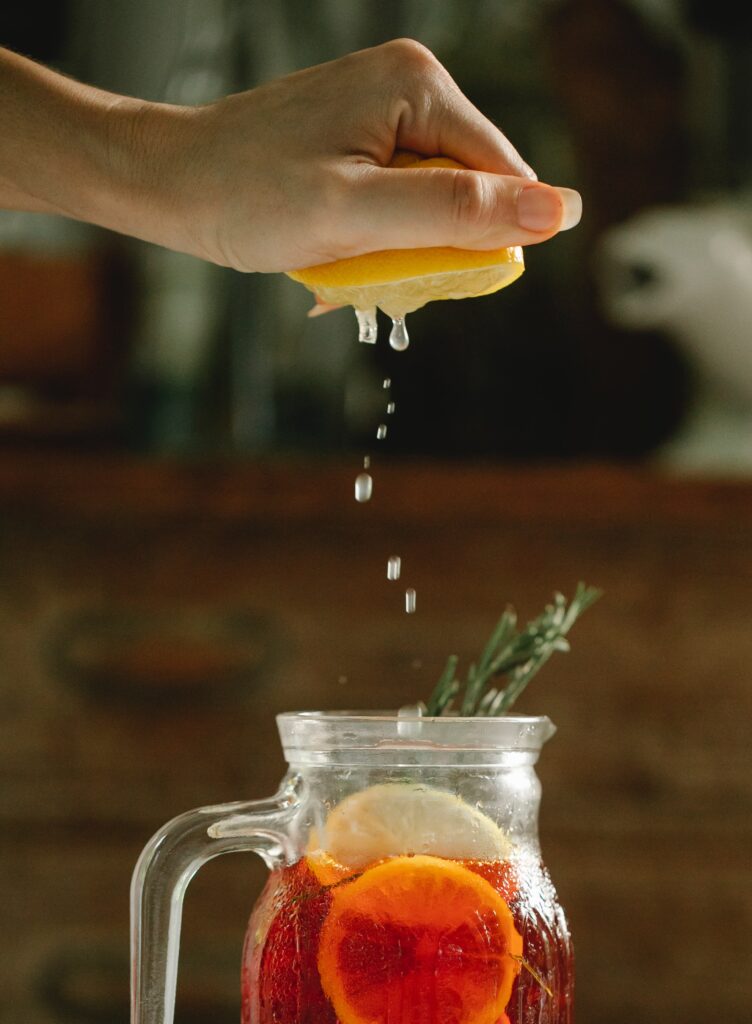
Crafting the Perfect Sangria
Sangria is a beautiful, refreshing cocktail that elevates any warm weather gathering. At its earliest inception, this cocktail first began in 1100 B.C. in Spain. It eventually travelled to France and England in the 1700s and 1800s. For centuries, people have enjoyed this fruity wine cocktail. Sangria continues to be a favorite drink for many people because of its vast recipe possibilities.
How to Make Sangria
So, what makes a perfect sangria? You need a delicious wine, fruit juice, and a complimentary blend of fruits and spices.
First, choose the wine. In traditional Spanish recipes, sangria is made with a red wine, chopped fruit, orange juice, and often brandy. Feel free to use your favorite red wine. If you choose a sweet red wine, we recommended limiting the sweetness of the other ingredients you add to your sangria so it doesn’t become overwhelming. Low-tannin and fruity wines like Garnacha (also referred to as Grenache) and Pinot Noir are most recommended for sangria. This is because they taste great when chilled and are not too bitter.
Some more modern spins may include sparkling beverages like ginger ale or added sugars. Sometimes, these ingredients can make the sangria too sweet. We suggest using fruits or natural sweeteners such as honey to increase or balance the sweetness instead. If your sangria is too sweet, adding citrus juice like orange or grapefruit juice can help decrease the level of sweetness to your liking.
Another tip for a perfect sangria is using fresh fruit in their prime ripeness and preferably when in season. Berries and peaches are excellent additions during the summer months. The fall and winter seasons are a great time to use citrus fruits, apples, and pears.
Let the fruits steep in the wine for at least two hours, allowing the flavor to make its fullest impact. For added depth or balance, it’s common to use a modest amount of liqueur such as Aperol or Limoncello.
Create Your Own Sangria Recipe
Perhaps you’d like to take an unconventional approach, or maybe red wine just gives you a headache. Whatever the case may be, the world, or in this case the sangria, is your oyster.
To switch things up, we suggest trying a white wine or rosé to craft your perfect sangria. White and rosé wines are naturally lower in tannins than red wine, making them excellent bases for this chilled cocktail.
To make a delicious white wine sangria, you can adjust the fruit and herb mixture. For example, you can include peaches, pears, green apples, lemon, and fresh mint. For a bit of depth, you can add a couple sprigs of rosemary or basil if you like it herby.
For a rosé sangria, what better way to craft a refreshing pink cocktail than adding pomegranate juice, watermelon, oranges, and strawberries!
Finally, since sangria is served chilled, we recommend keeping it in the refrigerator and serving it over ice by the glass. When you place ice directly into the sangria pitcher, the ice will melt and dilute your beautifully crafted beverage.
Whether you chose a traditional red or opt for a white or rosé sangria, Payless Liquors has you covered. You can fill out our online order form to select your wine and then pick up your order.

A Guide to Whiskey: Understanding the Different Types and How to Enjoy Them
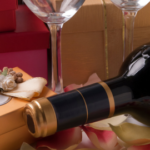
Spirited Selections: The Ultimate Gift Guide for Liquor Lovers

Alcohol Industry Trends to Watch
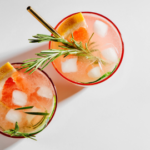
Spring into Flavor: The Top 5 Refreshing Cocktails for the Season

The Top 10 Most Expensive and Exquisite Spirits in 2024
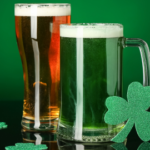
Saint Patrick’s Day Smart Sips from Payless Liquor Stores

How to Choose the Perfect Wine for Every Occasion

10 Best Snacks to Pair with Beer

Alcohol-Themed Trivia for Spirits Enthusiasts!
